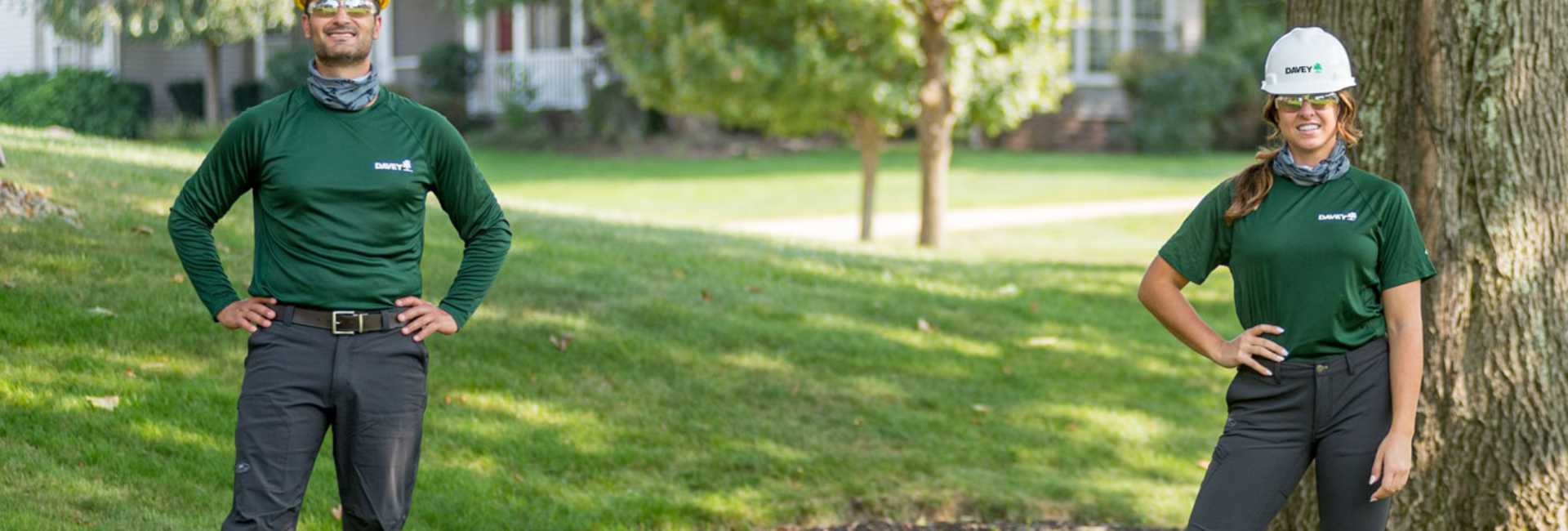Public Electric Utility
When a protected historic tree adjacent to substation construction posed a safety risk, Davey Resource Group, Inc. was able to help prove internal decay and get the greenlight for removal.
The Challenge
An electric utility ran up against unexpected issues while constructing a substation in a northern Florida city. The adjacent property was home to an obviously decaying oak tree that had been previously classified as historic for its size. The utility wanted to remove the declining tree for safety reasons, but with the historic classification, they would be obligated to pay a removal fine unless they were able to prove the tree was decayed beyond a 55% threshold.
The electric utility called on its long-time partner, Davey Resource Group, Inc. (DRG), to help scientifically prove that the tree was decayed beyond saving and needed to be removed.
The Solution
DRG used a method to determine the percentage of decay called sonic tomography. With an output similar to an MRI, sonic tomography uses sound waves to create images that indicate the internal decay of a tree.
DRG’s crews placed small sensors in four spots on the tree -- on the trunk and three large branches -- that were connected by cable to a field unit. Sound waves were generated by tapping on the sensors with an electronic hammer and were recorded by the field unit. The unit was then connected to a laptop that analyzed the data using specialized software.
The Results
Sound waves travel differently in a tree that has little to no decay than one that has large amounts of decay; they travel faster in healthy wood and slower when there are problem areas.
By using this method, DRG determined the tree was above the 55% decay threshold required to remove the historic tree protection classification and resulting removal fee. Using the sonic tomography unit, DRG was able to create a report for the electric utility, who then submitted it to the municipality and had the fee waived so the substation construction could proceed as planned.







